Move Up the UK Property Ladder Without Breaking the Bank
The idea of moving up the property ladder can feel like a daunting task, especially when the housing market seems more competitive than ever.

With some clever strategies and a bit of know-how, you can successfully upgrade your living situation without burning a hole in your pocket. Here’s how you can take that step up the property ladder in the UK and make it more affordable.
1. Timing is Everything
First things first, timing plays a big role when it comes to property. The housing market is always in flux, with prices rising and falling depending on various factors like interest rates, government schemes, or even seasonal trends.
Typically, the market slows down during the winter months, making it a good time to find deals on properties. Conversely, if you’re selling, spring and early summer tend to be peak times when more buyers are actively searching, potentially driving up the price of your current home.
You don’t have to be an expert in market trends, but keeping an eye on property prices in your target areas and being aware of the state of the market can help you make more informed decisions.
2. Expand Your Search Area
Location is key, but being flexible with your target area can open up more affordable options. Prices can vary dramatically between neighbouring towns or even different parts of the same city. For example, if you’ve set your sights on London, consider looking just outside the city, where property prices might be more reasonable. You’ll still have access to the capital’s amenities, but without the hefty price tag.
Similarly, cities like Manchester, Birmingham, and Bristol have up-and-coming areas where you can find properties with better value. Expanding your search radius, even slightly, could help you get more bang for your buck.
3. Make the Most of Help to Buy Schemes
Government schemes like Help to Buy or Shared Ownership can significantly lower the barriers to buying a larger property. The Help to Buy equity loan scheme, for example, allows you to borrow up to 20% (or 40% in London) of the property’s value, interest-free for the first five years. This means you can afford a more expensive property than you might otherwise be able to with just your deposit and mortgage alone.
Shared Ownership, on the other hand, allows you to buy a portion of the property and pay rent on the rest, giving you a stepping stone to full ownership.
4. Sell Smart
When it comes to selling your current property, presentation is key. Investing in some light renovation or staging can add value to your home and help it sell faster. A fresh coat of paint, decluttering, and fixing small repairs can make a huge difference. Make sure you highlight the best features of your home in photos and during viewings—whether it’s a garden, a new kitchen, or a particularly spacious living area.
Consider selling at auction, which can sometimes yield a higher selling price due to competitive bidding. Auctions can also be a faster route to sell, potentially saving you on ongoing mortgage payments and utility bills while you wait for a buyer.
5. Negotiate the Price
Don’t be afraid to negotiate. Just because a property is listed at a certain price doesn’t mean that’s what you have to pay. If you’ve noticed that the house has been on the market for a while, or there’s been a recent dip in local prices, there could be room for bargaining. Even a small discount can make a big difference when it comes to things like stamp duty or your mortgage deposit.
You could also negotiate additional items to be included in the sale, such as furniture or appliances, which would save you on moving costs.
6. Consider Fixer-Uppers
While it may sound intimidating, buying a fixer-upper can be a more affordable way to move up the ladder. Properties in need of some renovation are often listed for much lower prices than their renovated counterparts. As long as you’re prepared for some initial work (and potential disruption), you can add significant value to the property by making upgrades yourself.
Just make sure to factor in renovation costs and have a realistic budget for any work that needs doing. It’s also wise to prioritise projects that will add the most value, such as updating kitchens, bathrooms, or adding additional living space.
7. Plan for the Long Term
When you’re upgrading, think not just about the house you want now, but what your needs might be in the future. If you’re planning to start a family, for instance, you might prioritise extra bedrooms, a garden, or proximity to good schools. Choosing a property that you can grow into for a number of years can save you from having to move again too soon, potentially saving thousands in fees and moving costs.
8. Get the Right Mortgage Deal
Shop around for the best mortgage rates and deals. A lower interest rate can save you a significant amount over the lifetime of your mortgage. It’s worth speaking to a mortgage broker who can search the entire market for the best deals and advise on what’s most suitable for your situation. Remember, remortgaging your current property before you move could also free up some extra funds to help with your purchase.
9. Don’t Forget Hidden Costs
It’s easy to get caught up in the excitement of buying a new home, but don’t forget the hidden costs associated with moving up the property ladder. Stamp duty, legal fees, surveys, and removals can all add up. Make sure you budget for these costs so they don’t come as a shock. If you’re selling your current property, keep in mind that there may also be fees associated with estate agents and potential home improvements to help your property sell.
Remember, you can sell your home for FREE through our modern auction! Click here to see the process.
Got a property to sell? Call us or
send us an enquiry.
With us, it’s totally free to sell – no hidden costs,
no commissions, no “optional extras”. We offer a complete service, including a free estate agent, to make your sale as smooth as possible. Our local experts will always be on hand to guide you and answer any questions.
All information is kept completely confidential and will only be used by our team to assess if we are a good fit.
Takes 30 seconds
Register your interest in our auction services
We will get back to you as soon as possible.
Please try again later.
FAST SELLERS
Our properties often sell within 28 days.
DEDICATED SUPPORT
We guide you through every step of the process.
FREE ESTATE AGENT
In our free services, we include a free local estate agent.
EXPERT KNOWLEDGE
Decades of experience to get you the best price.

Top-Notch Service from Smart Auction UK! I had a fantastic experience working with Smart Auction to sell my home. Their team provided excellent support throughout the process. I couldn't be happier with the results. Highly recommended!

Exceptional Service from Smart Auction UK! I was amazed by how smoothly and efficiently they handled the sale of my home. I highly recommend them to anyone looking to sell their home hassle-free.
Copyright © 2025 Smart Auction UK
Registered Office: City Gate East Tollhouse Hill, Nottingham NG1 5FS
Please note that calls may be recorded for training and monitoring purposes.
━━━━⊱Our locations ⊰━━━━
London
48 Piccadilly Circus, Warwick St, London W1B 5AW
1, Lowry Plaza, The Quays, Salford M50 3UB
Birmingham
Mailbox, 3 Wharfside St, Birmingham B1 1RD
City Gate East Tollhouse Hill, Tollhouse Hill, Nottingham NG1 5FS
Chester
Chester Business Park, Heronsway, Chester CH4 9QR
Cardiff
Cardiff Gate Business Park, Malthouse Ave, Pontprennau, Cardiff CF23 8RU
Smart Auction UK climate change:
£10 of every sale will be donated to WWF-UK via Work for Good




